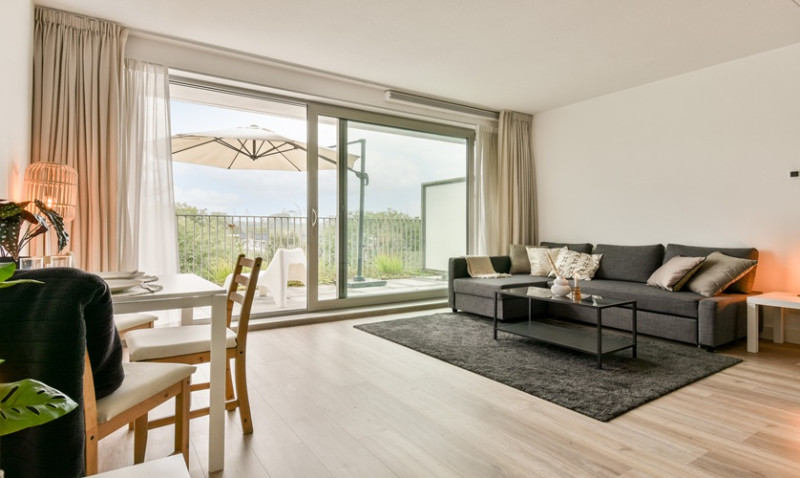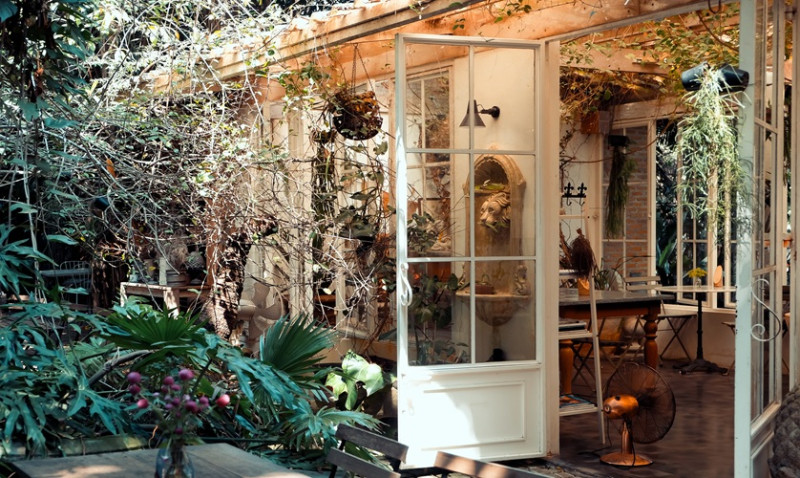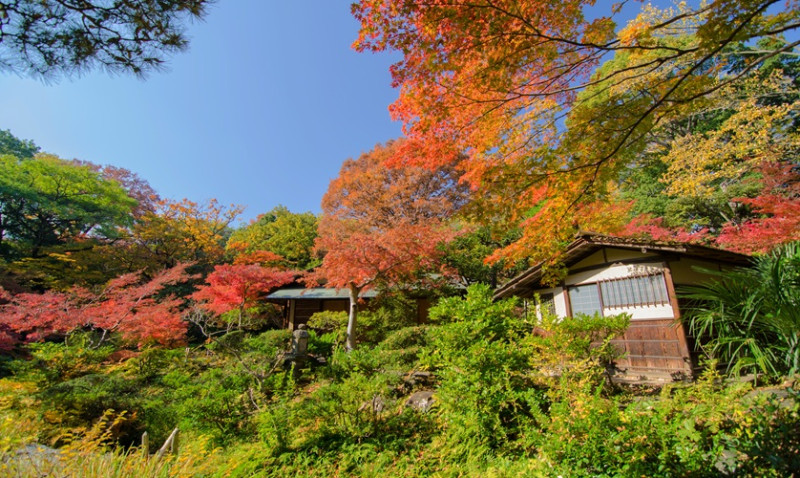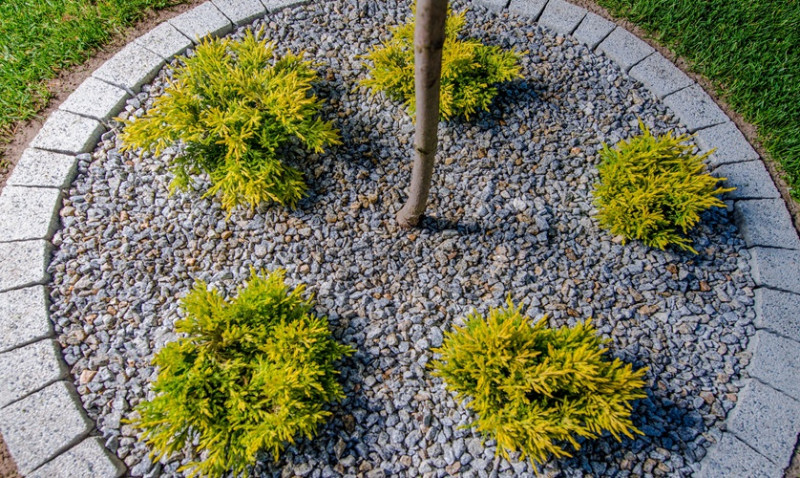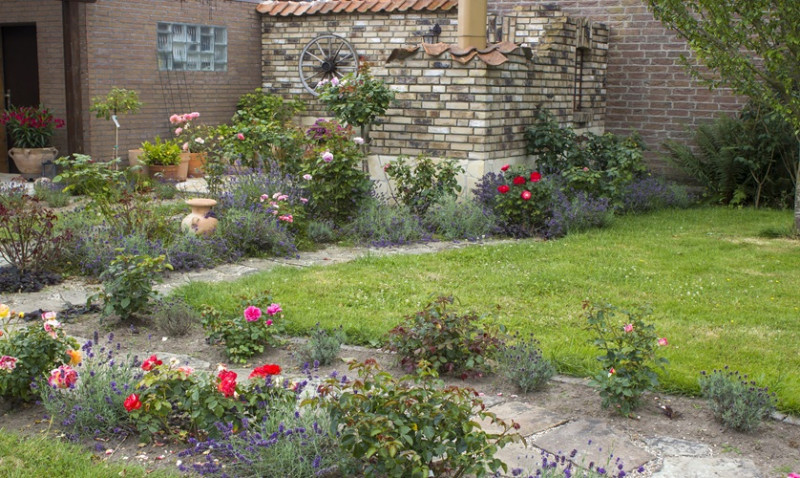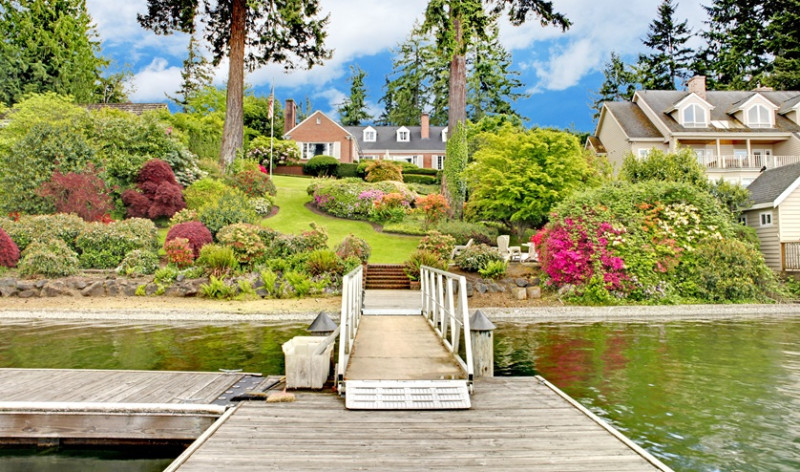
When it comes to garden design, the United Kingdom is a treasure trove of inspiration. From charming cottage gardens in the Cotswolds to the contemporary city terraces in London, British gardens consistently blend beauty, function, and personality. As a garden design enthusiast who’s explored countless green spaces across the UK, I’ve uncovered vital lessons and secrets that can transform even the humblest outdoor area.
Whether you're a DIY gardener, a young professional redecorating your first home, or a trade professional looking to add more value to your exterior projects, these secrets will give you insight into building a timeless and functional British-inspired space right in your own backyard.
1. Focus on Structure, Then Let Nature Take Over
One of the biggest garden design secrets I’ve learned is the importance of structure. In the UK, even the most "wild-looking" gardens are usually underpinned by a clear, strong framework—think clipped hedges, curved paths, gravel walkways, or well-defined beds. This structure gives your garden a backbone, helping it feel cohesive throughout all seasons.
Once the bones are in place, British designers often soften them up with informal plantings. Think roses tumbling over arches, lavender flanking narrow paths, or lush grasses waving in the wind. This strategic contrast between order and spontaneity gives that whimsical, storybook charm.
In your own garden, begin by defining paths, seating areas, and borders. Use raised beds or small retaining walls to create levels or zones. Then, add in cascading plants or climbers to soften the lines and bring that romantic, lived-in feel.
2. Use Vertical Space Like a Pro
Space is at a premium in many British gardens, especially in urban areas. But that hasn’t stopped landscape designers from getting creative—vertical gardening is a staple of UK design. From climbing roses on trellises to tiered potted arrangements on fences and walls, no inch of space is wasted.
In townhouse gardens or narrow yards, vertical elements like wall-mounted planters or pergolas covered in clematis or wisteria create layers of interest. They let you enjoy blooms at eye-level and above, making small spaces feel dynamic and lush.
If you're considering a garden redesign, ask yourself how you can incorporate verticality with structures: add a trellis, erect a living wall with herbs, or train fruit trees against a sunny brick wall. Not only does this add visual interest, but it also frees up more ground space for seating or lawn.
3. The Power of Garden Rooms
British garden design excels at using spatial psychology. One of its most brilliant tools? Garden rooms. These are distinct zones or areas within the garden, often demarcated not by harsh boundaries, but by planting, hedges, pergolas, or changes in ground texture.
Each room can serve a different purpose—maybe one has a small bistro table for quiet coffee mornings, another is a play area for children, and a third might be an outdoor dining zone with a BBQ. By creating these subtle divisions, you make the garden feel double or triple its original size without major construction.
To implement this, outline focal areas and use low hedges, climbers, or paving to signal separate "rooms." You don’t need acres to make this work—even a small patio can benefit from a reading nook screened by trellis and tall potted plants.
4. Go for All-Season Appeal
One of the key teachings from British gardening is to design with all four seasons in mind. UK weather is famously unpredictable, and having a garden that can shift gracefully through spring, summer, fall, and winter has become a necessity.
The trick lies in layering—of both colour and texture. Grasses, seed heads, and evergreen shrubs keep a structure in winter when flowers fade. Spring bulbs like snowdrops and daffodils kick off the year, while summer perennials and autumn foliage ensure visual interest well into October.
Consider planting with the 4-season rule in mind. Below is a handy table of top UK-friendly plants that add appeal at different times of year:
| Season | Plants & Features |
|---|---|
| Spring | Snowdrops, Narcissus (Daffodils), Tulips, Magnolia, Forsythia |
| Summer | Hydrangeas, Lavender, Climbing Roses, Delphiniums, Agapanthus |
| Autumn | Japanese Maple, Sedum ‘Autumn Joy’, Aster, Ornamental Grasses |
| Winter | Boxwood, Holly, Hellebores, Dogwood (Cornus), Snowdrops |
5. Embrace Containers for Flexibility
Across the UK—from London terraces to Yorkshire’s countryside gardens—you'll find containers used creatively. They are more than decorative; containers give complete flexibility to your planting scheme. They allow colour and texture to shift throughout the year, all without ripping out the whole bed.
If your soil is poor or you live in a rented property, containers give freedom to garden without commitment. Try grouping pots in odd numbers, elevating some with bricks or plant stands, and planting a mix of filler (e.g. trailing ivy), thrillers (e.g. ornamental grass), and spillers (e.g. trailing petunia).
Cast-iron urns or aged terracotta pots lend that timeless British character and weather beautifully. For those short on time, consider self-watering containers or those with reservoir bases to reduce maintenance.
6. Lighting Transforms the Space
Another overlooked aspect of UK gardens—especially in cities—is outdoor lighting. Because sunset comes early for much of the year, British designers place huge importance on ambient lighting to enjoy the garden after dusk.
Simple additions like fairy lights through trees, LED uplighters beneath shrubs, or solar-powered lanterns along a path can transform a dull outdoor space into an enchanted evening retreat. Look for warm-toned LED options to keep the glow soft and inviting.
If budget allows, integrate low-voltage lighting into your hardscaping or choose sensor lights to create a practical as well as stylish solution. For DIY designs, string lights on vintage poles or repurposed trellis for day-to-night versatility.
7. Consider the View From Indoors
British garden design often considers not just how a garden feels when you're in it, but how it looks from inside. Given the rainy climate, Brits spend a fair amount of time admiring their gardens from the kitchen or living room window.
As a result, focal points such as bird baths, statement trees, or dramatic planters are strategically placed to be visible from the house. This makes the garden a part of the interior décor—a concept gaining traction with biophilic design trends.
As you're designing your space, pause to look through your windows. Align key features with the view. You could centre your dining table to face a blooming border or install a feature trellis opposite your kitchen sink view.
Final Thoughts: Cultivating More Than a Garden
The real secret I learned from UK gardens? It’s not just about plants—it's about crafting an experience. Whether you’re having a solitary morning coffee surrounded by roses or gathering friends for wine under twinkling lights, a British-inspired garden connects you to nature in deeply personal ways.
With thoughtful structure, layered plantings, multi-season plans, and sensory touches like scent or light, you can design a space that grows with you—literally and emotionally. And most of all, remember: great gardens reflect their owners’ personalities. Don’t be afraid to blend form with whimsy, tradition with innovation, and functionality with lush, untamed moments.
Let your outdoor space tell a story. And take it from me—once you've learned these UK garden design secrets, you’ll never look at your garden the same way again.
